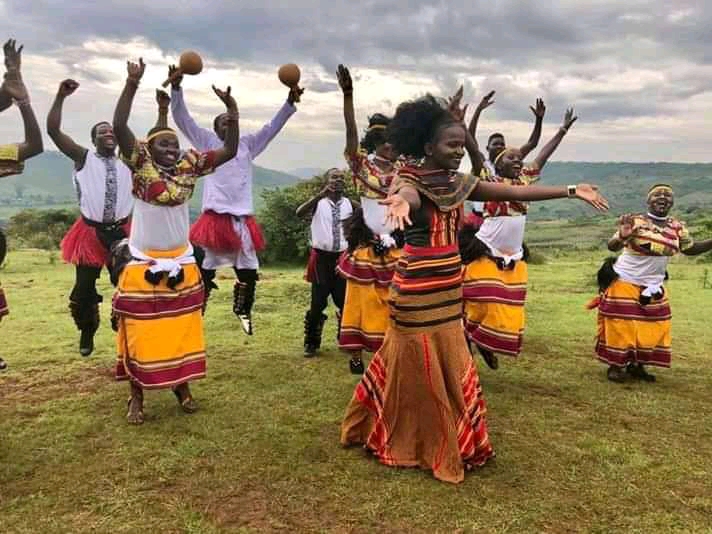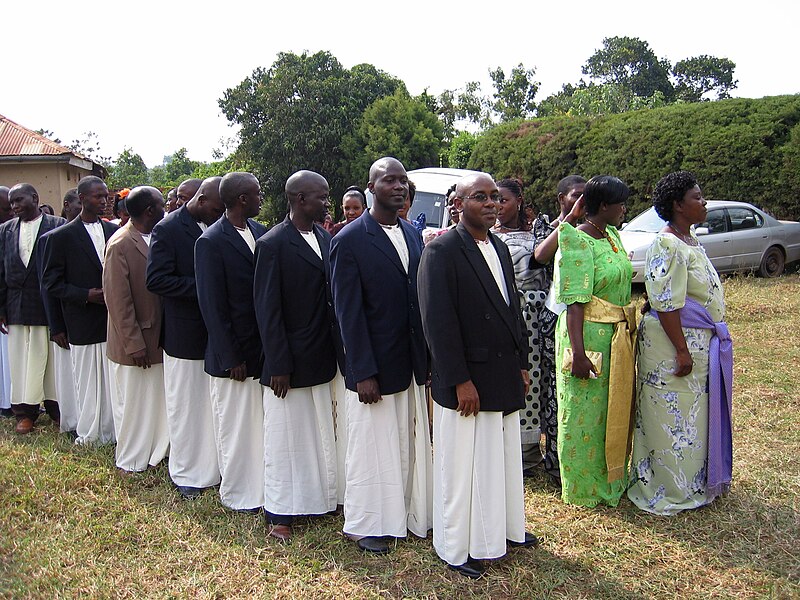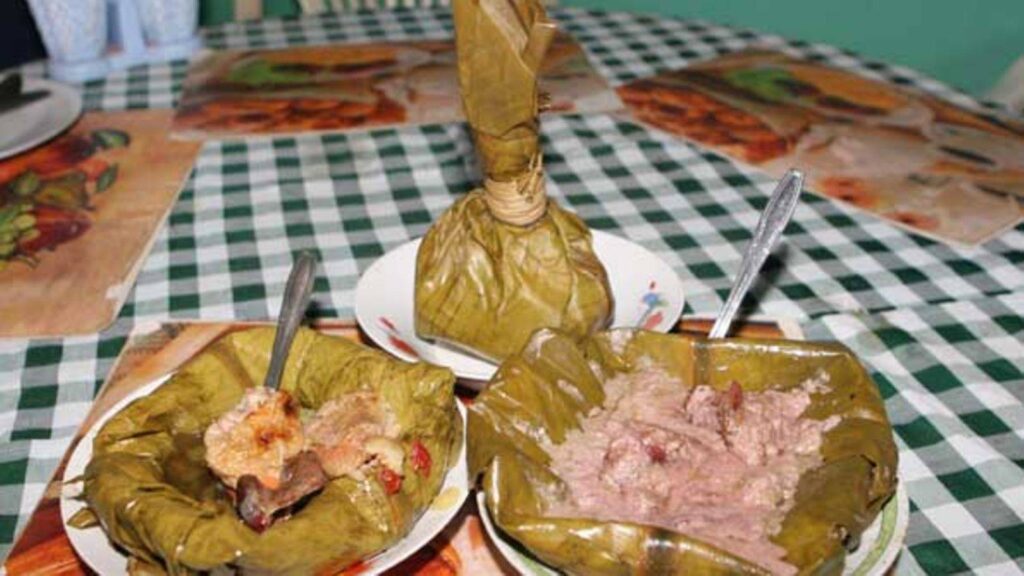Tribes in Uganda
Tribes in Uganda: Between 1890 and 1926, the British established Uganda as a colony. Although the old Buganda Kingdom is the source of the name “Uganda,” Uganda is home to more than 56 tribes, including both native and immigrant populations. Uganda is surrounded by South Sudan in the north, Rwanda and Tanzania in the south, Kenya in the east, and the Democratic Republic of the Congo in the west. It is situated between the arms of the eastern and western Great Rift Valleys of East Africa. The first occupants of Uganda were Stone Age people, who were progressively supplanted by migrating farmers and pastoralists in the first millennium A.D. People from all across Africa moved to Uganda between 500 and 1,500 AD, and by the time of British colonial control, the country was home to more than 50 different ethnic and cultural groupings. Conveniently, these ethnic groups were separated into four groupings: the Bantu, the Nalotics, the Hamites, and the Nilo-Hamites.

About half of Uganda‘s population is Batwa, who were the first group to arrive in the country. The Baganda, Basoga, Bagwere, Batooro, Bakiga, Banyankole, Bafumbira, Bagisu, Banyoro, Basamia, Banyole, and Bakonjo are among the Bantu tribes in Uganda. To name a few, the Bantu are located throughout the provinces of central and western Uganda, primarily in the towns of Kampala, Masaka, Mbarara, Mbale, Fort Portal, Kabale, Kisoro, Iganga, Jinja, and Busia. Farmers and cattle keepers make up the majority of the tribes.
The Nilo-Hamities, who live in northeastern Uganda, make up the second group. To name a few, the tribes that fall under this ethnic group are the Karamojongs, Itesots, Karam, Sebei, Pokot, Labwor, Tepeth, and Kakwa. According to legend, this group was a single people that came from the Ethiopian highlands. The Luo, a member of the Nilotics ethnic group, have supplanted the Langi in terms of culture, making them distinctive.
The Nilotics, who migrated to what is now Northern Uganda, make up the third group. The Alur, Acholi, Japadhola, and Langi are among the tribes that make up the Luo ethnic group, which is another name for them. The Madi, Lugbara, Okebu, and Metu are among the Alur people who have settled in the West Nile, as are the Acholi in Northern Uganda and the Japadhola in Eastern Uganda. Although these tribes are originally from Sudan, their language and culture show that they have completely lost touch with their roots.
As a result, there are numerous tribes in Uganda that speak various languages. The 1995 constitution amendment of 2005 officially recognized 56 tribes and approximately nine indigenous populations in Uganda. Uganda’s official language is English. The majority of the country is also home to many speakers of Swahili and Luganda. With the growing number of foreigners, particularly Asians, Asian languages are also spoken, along with French, Arabic, and German, primarily in educational institutions, embassies, and at higher educational levels.
The list of Uganda’s 56 indigenous tribes is shown below;
Langi Itesots Acholi
Baganda Basoga
Bakwere
Hahima
Bakiga Banyakole
The bagisu
The Basamia
Sabiny Bosoga
Batooro
Jie Banyoro Pokoth
Bakonzo
Bafumbira
IK Babwisi
Batwa
Batuku
Kakwa
The Karamojong
Dodoth
Bagungu Jonam
Hehe
Bakenyi Banyole
Nubi, or Napore
Bakwe
Baamba
Japadhola
Ethur
Kuku
Baruli Tagwenda
Banyabindi
Madi
Lugbara
Chop
Batuku
Kebu
Kumam Lendu
Vonoma
The Nyangia
Bakukusu
Hehe
The Bahororo
Bagwe Kebu Mening
Uganda is a fascinating place to visit because of the aforementioned tribes. Every tribe in Uganda has distinct characteristics that set it apart from other cultures; as a result, each tribe has its own economic activity, cultural customs, and norms, including traditional weddings, food, clothing, religious affiliations, and cultural practices. Some of the customs of the many tribes in Uganda are listed below.

Dressing customs: Most tribes have traditionally had women wear “Gomesi” for rituals and celebrations, while males wear “Kanzu.” However, because of industrialization, the traditional attire is now only worn for formal occasions. The tribes that have settled in Uganda’s central and eastern regions are the ones who wear these clothes the most. The Karamoja region has its own fashion sense, known as “Suuka.” The Banyarokole, Batooro, and Banyoro people of western Uganda dress in “Bussuti” for the men and “Mushanana” for the women. These clothes are primarily worn for weddings and other ceremonies and festivities.
One of the most fascinating aspects of Ugandan tribes is their custom of traditional marriage. Tribes in Uganda value marriages, with men obtaining women from their parents’ houses after paying a bride price as a token of respect and gratitude to the woman’s family. In the past, the girl was expected to remain a virgin until the man arrived to pay the bride price, which was a requirement for all men to marry. Cattle were accepted as a wedding payment among the tribes of western and far-eastern Uganda, including the Banyankole, Itesots, Acholi, Batooro, and Karamojongs, to name a few. In contrast to now, polygamous marriages were the norm in Uganda, and societies admired polygamous males. The bride price is traditionally paid to show that the guy is the head of the household and sets the rules.
Foods and Drinks: The types of foods consumed in Uganda are staple foods that come from a certain tribe. Every tribe is distinguished by its primary food, such as Baganda, which is Luwombo; Banyankole, which is Millet; Basoga, which is Cassava; Sabin, which is Matooke; and Bagisu, which is Malewa, Itesots, Acholi, Langi, and Karamojongs, which is Millet. The Batooro are millet, the Bakiga are Irish potatoes, and the Basoga are sweet potatoes. The Basoga people of Uganda also cultivate and eat sweet potatoes and cassava, among other agricultural products. Among the other things consumed are the Bakiga’s Irish potatoes, maize, rice, yams, vegetables, and a variety of fruits. The Itesots’ Ajono, the Buganda’s Munanasi, and the western tribes’ Ntoto are the well-known alcoholic beverages. After work, these regional libations were consumed as a means of mingling with others in the neighborhood.
Family and Gender Status: In the past, the husband or father, who is the head of the family, made choices without consulting the wife or kids. With the exception of the Acholi tribe, where women are the home’s caretakers, women in Ugandan families are heavily dependent on men for a variety of tasks, including building the house, providing food, and paying for the children’s education. In all Ugandan tribes, men provide for the family while women take care of it. Women were traditionally viewed as inferior to men, and they were prohibited from doing certain things, such as attending meetings or eating certain foods, like chicken. In other words, women were primarily reserved for the kitchen.

Etiquette: The customary way to meet someone is to shake hands. Every household member sits on floor mats and washes their hands when a meal is ready. Unexpected guests and neighbors are welcome to join the family for dinner. Before the family begins to dine, a brief prayer is typically said. Children only speak at meals when prompted to do so. Leaving the room while someone else is eating is regarded as rude. During a meal, it is disrespectful to stretch one’s legs or lean on one’s left hand. Everyone compliments the mother and the cook in turn after the supper is done. Children should always show their parents respect, and a girl youngster should kneel on her knees to meet an elder.
Cultural and traditional customs: Every tribe in Uganda has a custom that sets it apart from the others, combining several cultures into one country. For instance, the Bagisu people circumcise young males as a sign of their entry into adulthood. It is thought that a Masaba boy is not seen as a man if he is not traditionally circumcised. The youngster must be courageous enough to go through the procedure, which entails festivities; in other words, he must be a man of courage. In contrast, the Sabin people of Kapchorwa have a tradition of circumcising girls; however, the Ugandan government has strongly discouraged this practice due to the high risk of fatalities among the girls.



